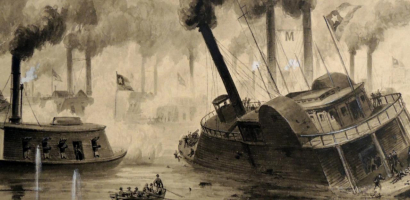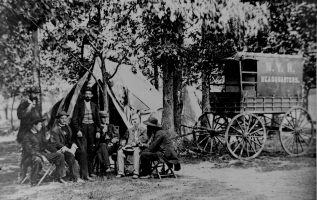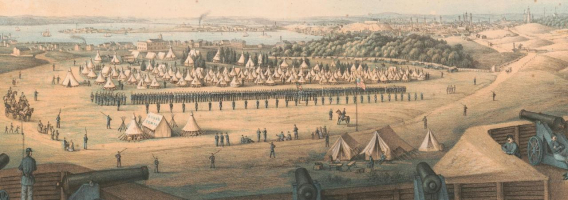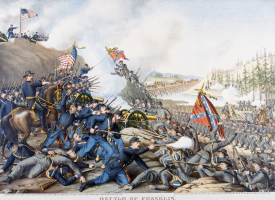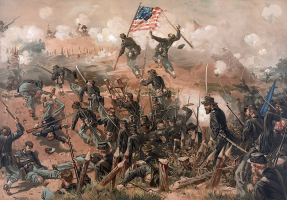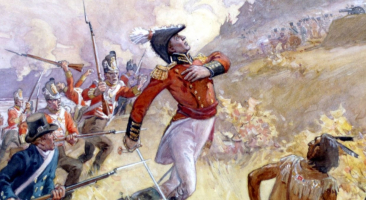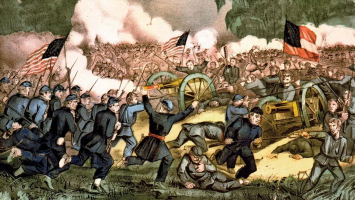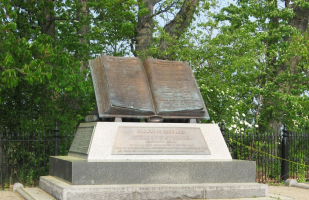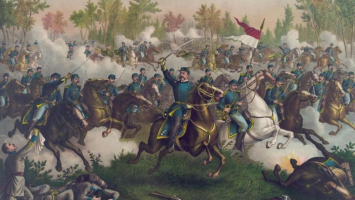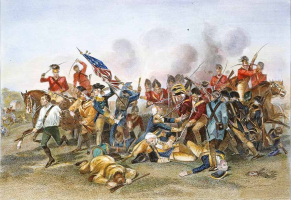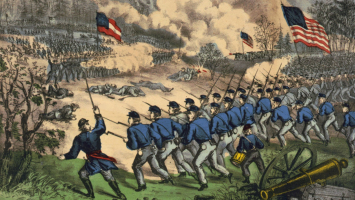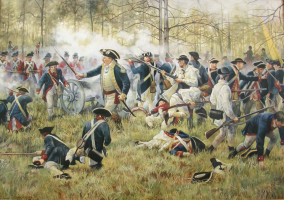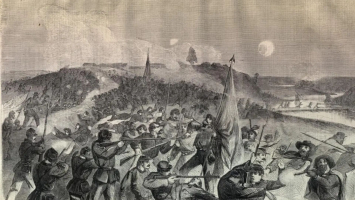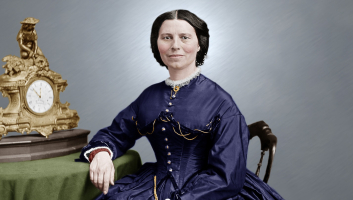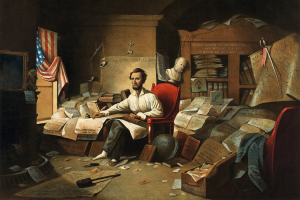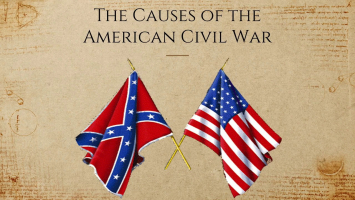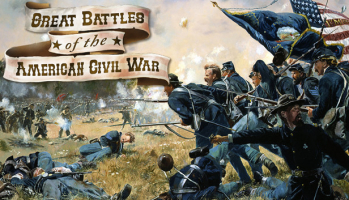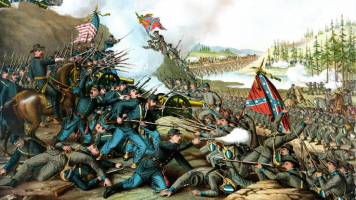Top 6 Facts About Civil War Artillery
The use of artillery was crucial in many Civil War battles and demonstrated how technological advancements might profoundly alter how war and battles were ... read more...fought. For the majority of its history, artillery was a tool of attrition and mass destruction, used to weaken foes by noise, explosions, and shrapnel while also killing people and destroying fortifications. In truth, aside from disease and famine, heavy weapons have been the leading source of battle casualties since the introduction of gunpowder fighting forces. Here are some facts about Civil War Artillery.
-
Field artillery pieces were enormously heavy yet being more transportable than siege or naval guns. A rifle that can only fire projectiles weighing 10 pounds may weigh well over half a ton. Two types of artillery barrels were used during the Civil War.
Cast iron and wrought iron were utilized to make rifled artillery weapons like the 10-pounder Parrott rifle and the 3-inch Ordnance rifle, which fired conical shells. During the American Civil War, field artillery was referred to as 10 pounders, 12 pounders, or inches, like the 3-inch ordnance rifle, etc.
Pounders merely referred to the projectile's weight when it was fired from the gun. A 12 pound projectile is fired from a 12 pound Napoleon cannon. The bore's diameter is measured in inches. A 3-inch ordnance rifle has a 3-inch-diameter barrel.
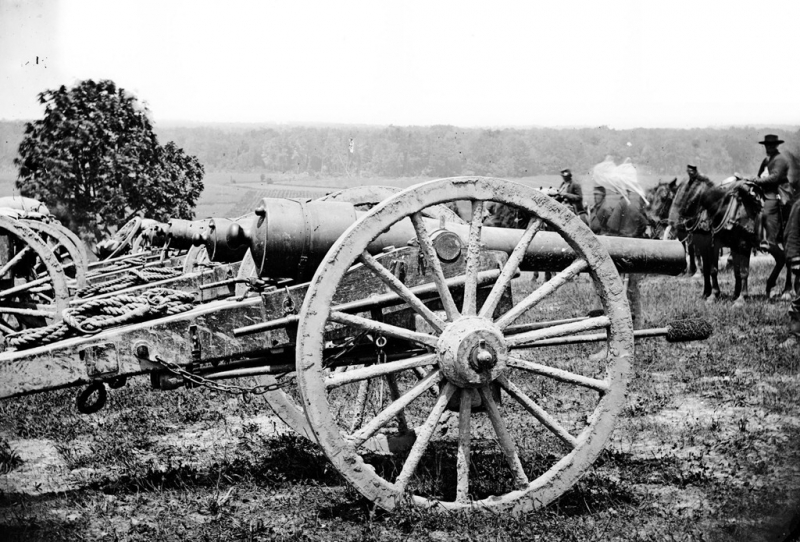
Source: Flickr 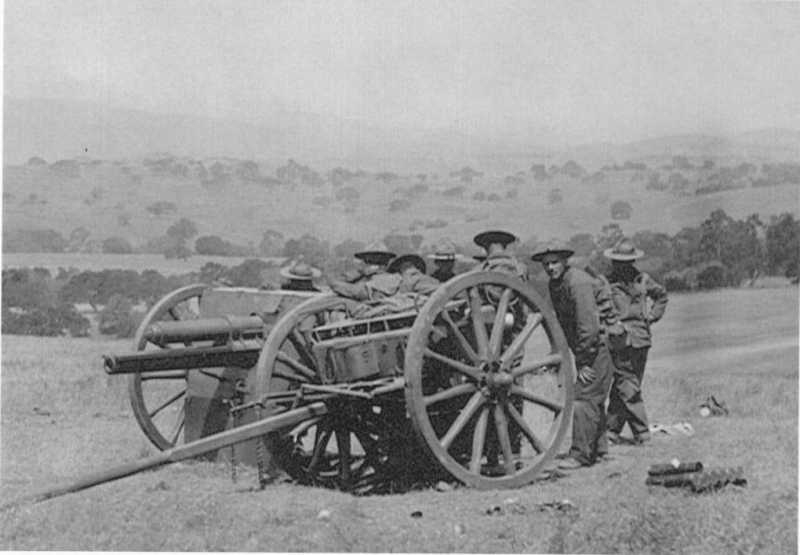
Source: mediastorehouse.co.uk -
Horse artillery was a form of light, quick-firing artillery that was used to support cavalry formations with extremely mobile firepower. From the early 1700s to the middle of the 20th century, militaries in Europe, the Americas, and Asia had horse artillery battalions. It was the forerunner of today's self-propelled artillery and comprised of light cannons or howitzers mounted on caissons or limbers, which were two-wheeled carriages. Crew members rode horses. Unlike the rest of the field artillery, which was also drawn by horses but whose gunners were often transported seated on the gun carriage, wagons, or limbers, this artillery was not mounted on horses.
The U.S. Horse Artillery Brigade, which was composed of numerous Army of the Potomac horse artillery units, occasionally came together during the American Civil War. Horse artillery regiments were typically referred to as "light artillery" in the U.S. For artillery teams to carry each gun into place and to transport the caissons the carriages that carried powder and ammunition they would need around six to eight animals per gun.
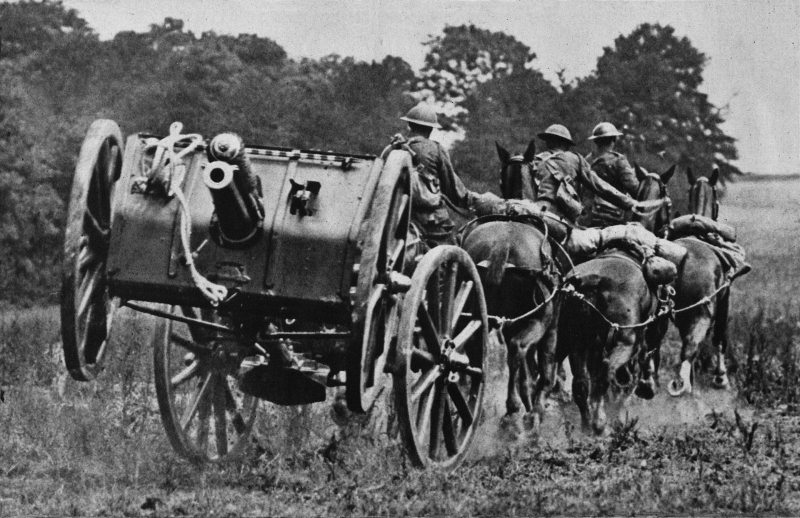
Source: iwm.org.uk 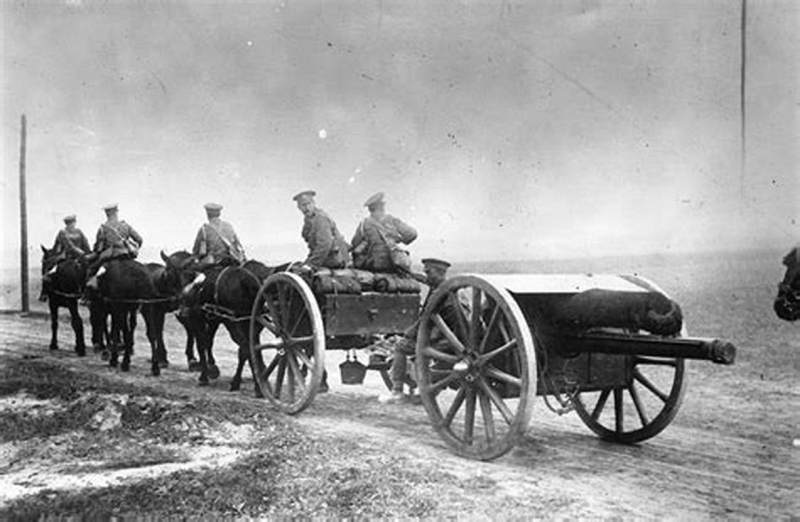
Source: American Battlefield Trust -
These artillery pieces, which were created in the early 20th century with the intention of destroying the enemy, have evolved into lethal weapons in the hands of the military. They were created in a variety of forms, but the trench artillery was created because it was designed to deal the most damage.
The projectile is forced to spin quickly as it travels through the air, resembling a giant metal ball, which makes it stable. They are constructed with a 6-man operator. In order to fire these weapons farther and more precisely than the older smoothbore guns, soldiers must first aim and identify their target before firing.
The movement of these artillery guns could be controlled by the officers themselves, which made them one of the most cutting-edge and dangerous weapons of their era when they were utilized in the Civil War. without the aid of a horse, managed A number of joint ventures have been established to produce this kind of artillery for sale and export abroad.
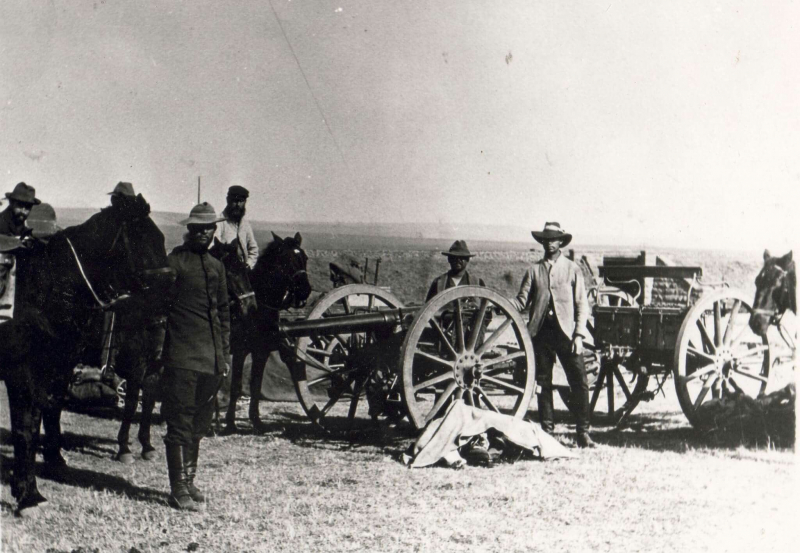
Source: American Battlefield Trust 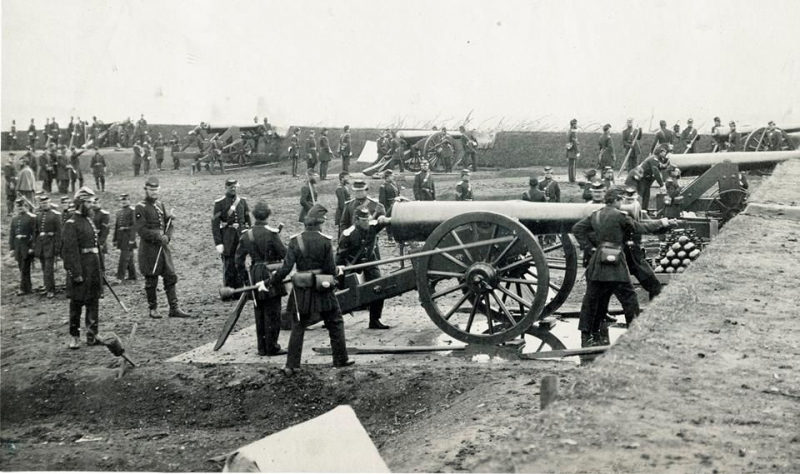
Source: Flickr -
Officers used a variety of weapons during the Civil War, but the damage is largely dependent on the ammunition that was used with those weapons. The physical harm and devastation also vary depending on the type of bullet.
The following are the main categories of Civil War weapons: People frequently refer to solid bullets, a type of long-range ammunition, as "cannonballs." This would be circular and possibly referred to as a "ball" in smoothbore guns, whereas it would be more "bullet" or cone-shaped in rifle weapons and would frequently be referred to as a "pin." The shell, another type of long-range ammunition, is simply a hollow ball (for smoothbore rifles) or "bullet" (for rifles) that contains some sort of explosive (in the Civil War, it was gunpowder).
A flying bomb with the ability to detonate, spew shrapnel, and blast out in all directions was the concept. The enemy's guns and ammunition are particularly at risk from this. Another kind is a hollow bullet called a shot case, which is very similar to a cartridge case and contains little iron or lead balls in addition to gunpowder. This is the relative of Shell's anti-personnel. The housing is also subject to the same information on fuse kinds and their functions that I discussed regarding the housing.
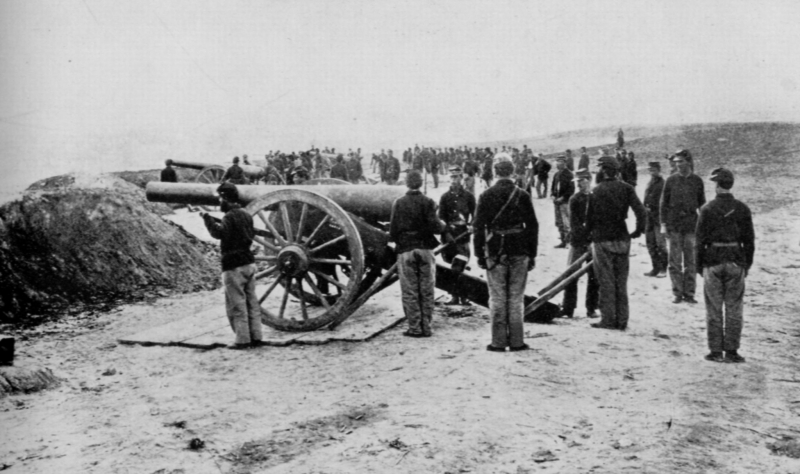
Source: iwm.org.uk 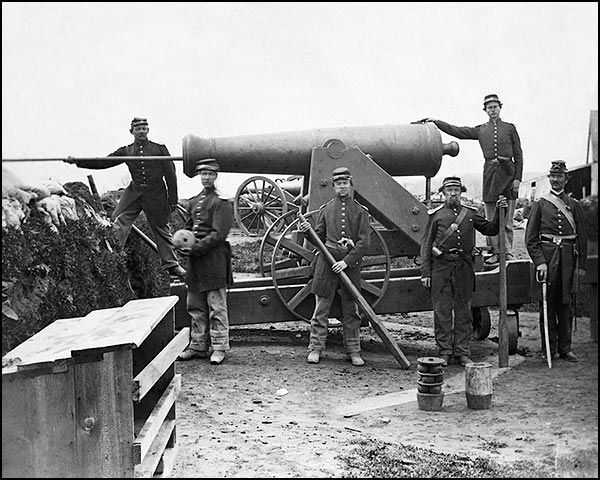
Source: Flickr -
The Civil War, which lasted four years and resulted in nearly 620,000 deaths, was the worst conflict in American history. The rebellious 11 Confederate states were fought by the 25 states that make up the Union. The Union had a number of advantages that contributed to its eventual success despite the Confederacy fighting primarily on homeland and having better generals.
The 1800s saw rapid industrial development in the United States. While the South was reliant on agriculture, the Northern states possessed several industries and industrial groups. Over 90% of the nation's boots, pig iron, textiles, and firearms were produced in the North prior to the start of the Civil War. In actuality, the South lacked any weapon manufacturing when the war started. Many of its soldiers fought with their own guns, in contrast to the Northern soldiers who were equipped with the most advanced rifle technology. The Confederacy was unable to keep up with the Union's constant production of military supplies due to the Union's extensive industrial capabilities.
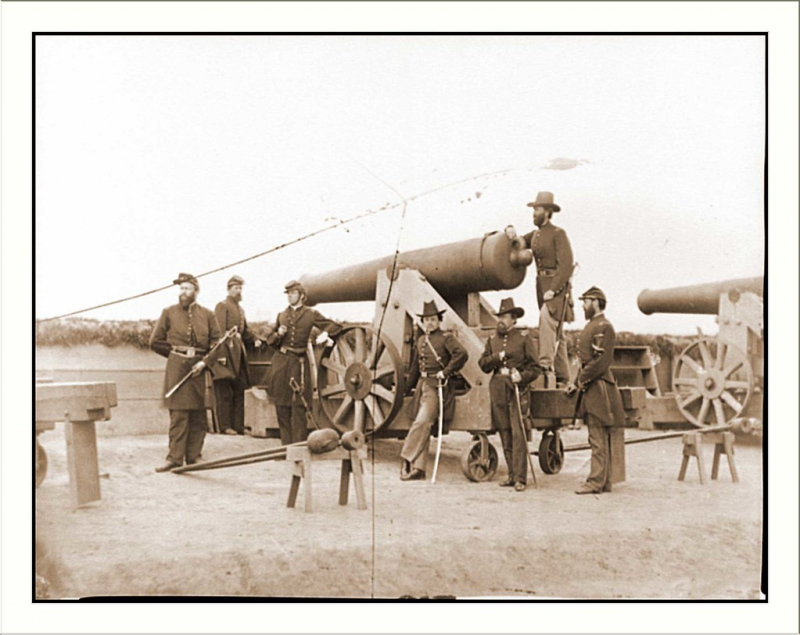
Source: mediastorehouse.co.uk 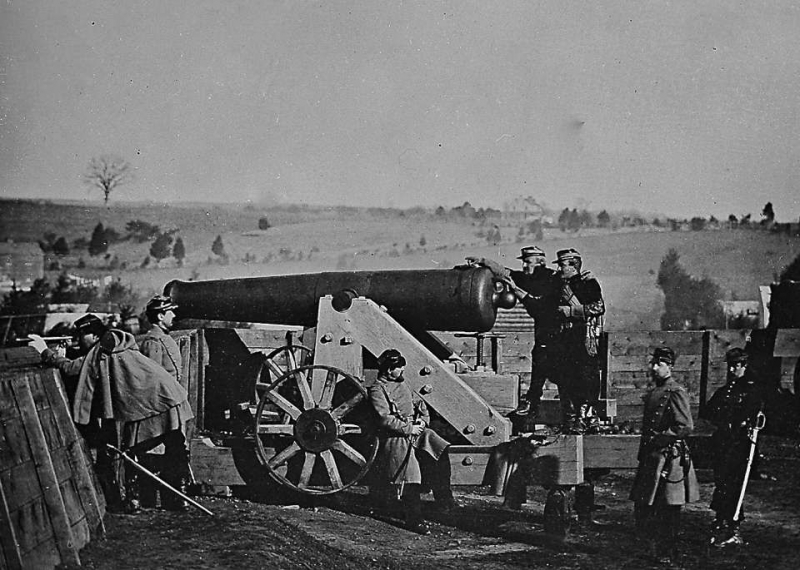
Source: American Battlefield Trust -
Confederate and Confederate soldiers fought a bloody fight on July 3, 1863, not far from the crossroads town of Gettysburg, Pennsylvania. An infantry and cavalry skirmish that quickly grew into one of the biggest battles in American history. On the afternoon of July 1, Union forces were forced from their positions to the north and west of the town, but they moved quickly into defensive positions atop and along the hills and ridges that dominate the area to the south of Gettysburg.
With hundreds of cannons on both sides shooting along the front line for an hour or so, starting at 1 p.m. on July 3, the shelling may have been the most intense of the entire conflict. The 150 to 170 Confederate cannons were positioned in a line that stretched over two miles (3 km), starting in the south at Peach Orchard and going nearly parallel to the Emmitsburg Road. Brig Confederacy of the Confederacy. "The gun in the center... offered one of the most spectacular battle vistas experienced in the war," General Evander M. Law wrote. Looking up the valley towards Gettysburg, the hills on either side were engulfed in flames and smoke as 300 guns, evenly distributed between the two slopes, exchanged hail.
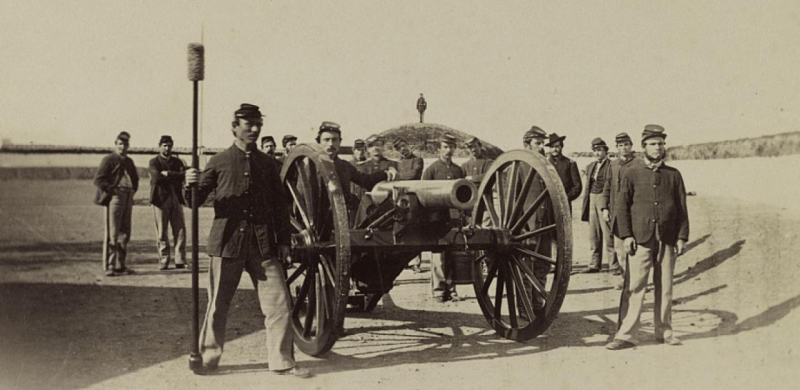
Source: American Battlefield Trust 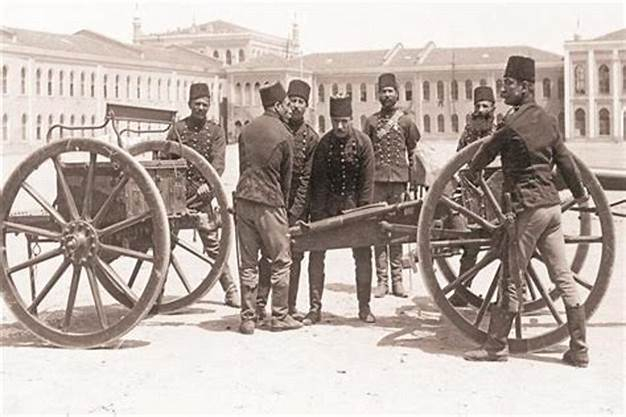
Source: Pinterest








